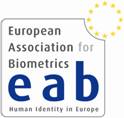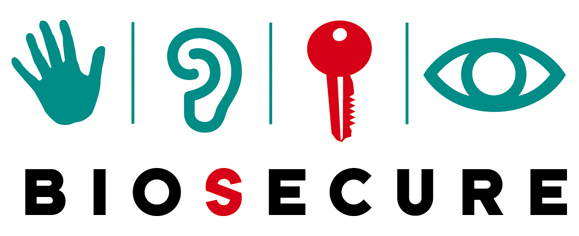|
Download: |
An introduction to biometrics with applications in forensics
Prof.
Anil K. Jain If you are like many people, navigating the complexities of everyday life depends on an array of cards and passwords that confirm your identity. But lose a card, and your ATM will refuse to give you money. Forget a password, and your own computer may balk at your command. Allow your card or passwords to fall into the wrong hands, and what were intended to be security measures can become the tools of fraud or identity theft. Biometrics - the automated recognition of people via distinctive anatomical and behavioral traits - has the potential to overcome many of these problems. Hence, it is not surprising that biometric recognition is being adopted in a host of applications ranging from verifying the holder of the bank account at the ATM machine to national ID programs in many countries such as Brazil, India and Indonesia where biometrics is used to ensure that the ID card holder has one and only on ID card. The origin of biometrics dates back to the Habitual Criminals Act enacted by the British Parliament in 1869 whose purpose was to discriminate between criminal types: habitual or occasional offenders. This required "new methods" (whether description, measurements, marks, or photographs of the criminal) beyond "personal recognition" (memories of policemen or prison wardens) for the identification of habitual criminals. In response to this need, M. Alphonse Bertillon in 1870 introduced a system of anthropometry for person recognition. While this anthropometric system was generally accepted for thirty years, given its lack of reliability and being cumbersome, it was abandoned in favor of a simpler and more accurate approach involving fingerprint comparison, which was made possible by the pioneering works of Henry Faulds, Francis Galton, Edward Richard Henry, and William Herschel. Today, all forensics and law enforcement agencies worldwide use fingerprint based identification for identifying suspects in criminal investigations. So, modern day biometrics has its origin in forensics and the forensics domain continues to serve as a rich source of challenging problems for biometrics researchers. This talk will provide a brief introduction to biometric recognition and highlight some of the opportunities for biometrics researchers in forensics, including (i) latent fingerprint and palmprint matching, (ii) unconstrained face recognition, (iii) sketch to photo matching and (iv) scars, marks and tattoos.
|



 


 |